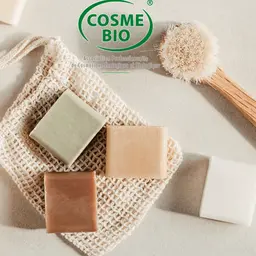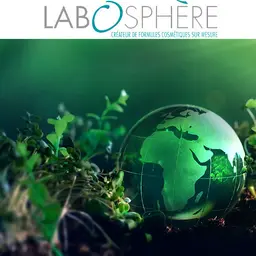
The cosmetics industry loves using scientific progress to make its products and proposals more advanced. Scientific breakthroughs, most of which are derived from academic research, are regularly put forward, and the industry jumps on the bandwagon to develop new products. In some cases, it even anticipates these new concepts a little too soon and uses them before they have actually been validated.
As a result, over the past few years, scientific advances have led to new proposals, like aquaporins and sirtuins (or youth proteins), and more recently, epigenetics and the microbiome. How does the industry react to this progress? It almost systematically offers new commercial specialties whose mechanisms of action or expected results are based on these new concepts. Aquaporins contributed to redesigning hydration, and ‘youth proteins’ enhanced the development of a few specialties like Longevicell®, Orsirtine®, and others. We have recently seen (already!) new actives related to epigenetics (Épigénomyl®) or to the microbiome (Brightenyl®), although these concepts are far from having delivered all their associated knowledge.
In addition, these new scientific advances often make us forget about simple things, because they are older – and maybe a bit less delightful from a communication standpoint. We forget about these mechanisms of action and concepts, even when studies demonstrated their convincing results, like larval therapy, also called maggot therapy. The use of larva to treat wounds dates back to several centuries and was practiced on all continents. Australian Aborigines have used worms to cleanse wounds for thousands of years. Ambroise Paré was the first to understand the therapeutic benefit of these customs. Under …














